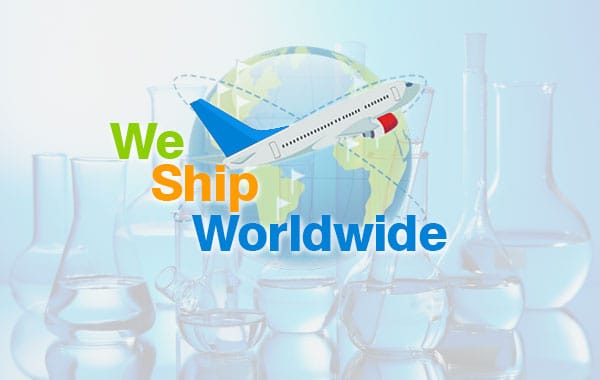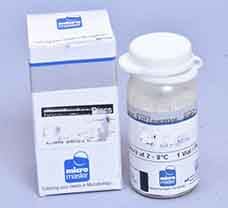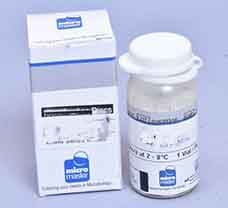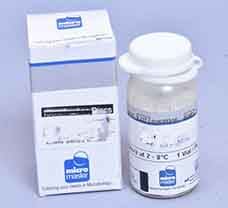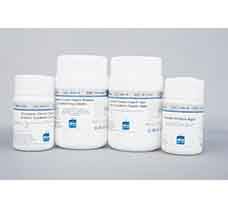
Xylose Lysine Deoxycholate Agar
- Brand: Micromaster
- Catalog No.: DM297H-500g
- Quantity/Unit: 500g/Pack
- Usually Shipped in: 1-2 Weeks
Min Orderable Qty : 1 Pack
For lab/research use only, unless otherwise specified
High grade Xylose-Lysine Deoxycholate Agar (XLD Agar) is supplied by Micromaster. It is available in the form of a light yellow to pink homogenous free flowing powder with a pH in the range of 7.2 to 7.6. This product should be stored between 10-30C in a tightly closed container. Once opened, it should be properly stored, after tightly capping the bottle. Due to the hygroscopic nature of the product, there could be chances of lump formation which can be avoided by proper storage. Store in dry ventilated area protected from extremes of temperature and sources of ignition.
- Quantity provided: 500 g/pack
XLD Agar was formulated by Taylor and is recommended for selective isolation and enumeration of Salmonella Typhi and other Salmonella species from pharmaceutical products using microbial limit testing in compliance with harmonized methodology of USP/EP/BP/JP . The media formulation does not allow the overgrowth of other organisms over Salmonella and Shigella. The medium contains yeast extract, which provides nitrogen and vitamins required for growth. Though the sugars xylose, lactose and sucrose provide sources of fermentable carbohydrates, xylose is mainly incorporated into the medium since it is not fermented by Shigellae but practically by all enteric species. Sodium chloride maintains the osmotic balance of the medium. Lysine is included to differentiate the Salmonella group from the non-pathogens. Salmonellae rapidly ferment xylose and exhaust the supply. Subsequently lysine is decarboxylated by the enzyme lysine decarboxylase to form amines with reversion to an alkaline pH that mimics the Shigella reaction. To add to the differentiating ability of the formulation, an H2S indicator system, consisting of sodium thiosulphate and ferric ammonium citrate, is included for the visualization of hydrogen sulphide produced, resulting in the formation of colonies with black centers. The non-pathogenic H2S producers do not decarboxylase lysine; therefore, the acid reaction produced by them prevents the blackening of the colonies.


